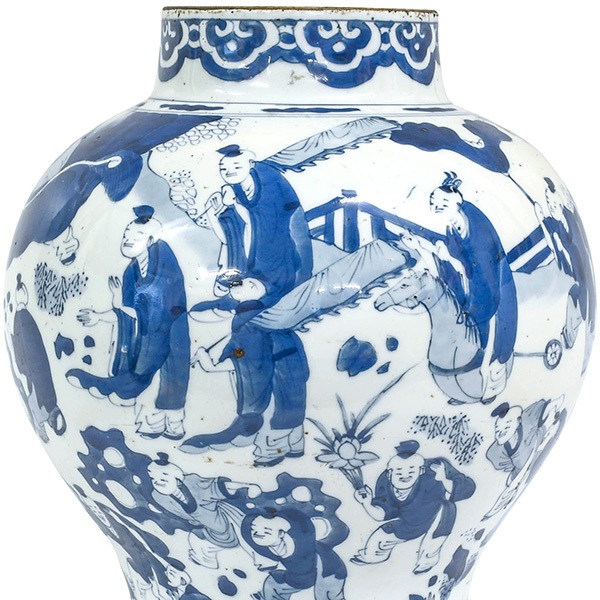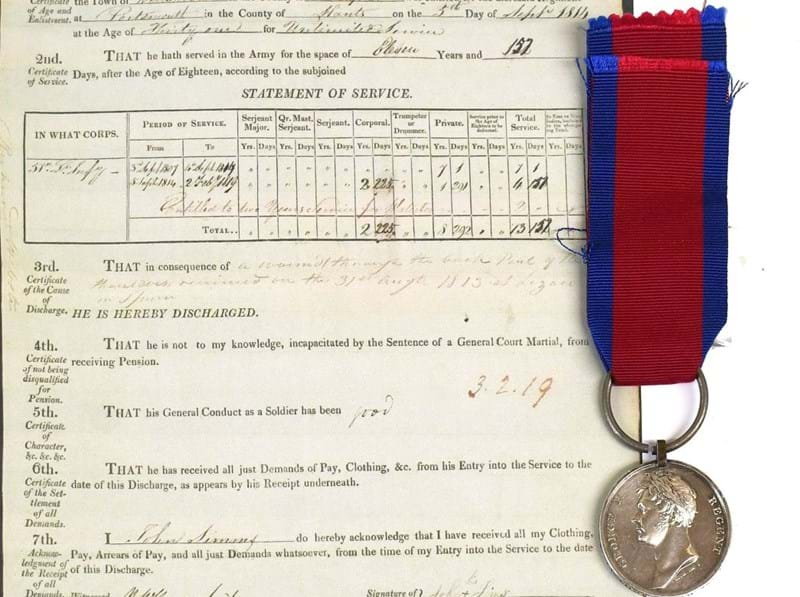Sheila Fell is undoubtedly one of the greatest British landscape artists of the 20th century, and a key figure in the history of Northern Art. Despite living in London for most of her adult life, Fell almost exclusively painted the living landscape of her native Cumbria. Her oils of brooding hills, stone-walled farms and toiling workers under cloudy skies are imbued with a deep sense of place. She was part of the landscape she painted, not merely an observer.
News & Insights
Blog: Sheila Fell (1931-1979)
Fell was born in Aspatria, a small mining village to the north of the county, the daughter of a coalminer and a seamstress. Her natural talent was recognised by her art teacher at school and with their encouragement she enrolled at Carlisle School of Art, although her time there was not a success. However, she was subsequently accepted to the Saint Martin’s School of Art in London, where she flourished from 1949-1951.
In 1955, at the age of 24, Fell become the youngest artist to exhibit at the Beaux Arts Gallery on Bond Street. The sell-out exhibition brought her to the attention of fellow North West artist L.S. Lowry, who had purchased three of the Fell’s works. The pair became firm friends, with Lowry acting as her champion and adviser; indeed, he paid her a small allowance to help her until she became established and joined the teaching staff at the Chelsea School of Art. Over the years Lowry purchased some twenty paintings by Fell, many of which he would donate to international galleries and institutions.
Regularly returning to paint in Cumbria, the landscape of the North West remained her chief artistic influence. Her successes and life in London never changed her, and she was constantly drawn home to create powerful, sometimes melancholy depictions of rural life devoid of sentimentality. Using a limited but harmonious palette of rich earthy tones and muted greys and greens that echo those of the Cumbrian fields and hills, Fell creates compositions in which farms appear to grow out of the landscape; labouring figures, too, merge with the land on which they are working. The landscape and its inhabitants, each created and defined by the other, resonate with a sense of unidealized belonging that Fell clearly felt herself.
Fell’s work received acclaim during her lifetime from critics, collectors, and fellow artists, and she was accepted as a Royal Academician in 1975. Dying at the age of 48, Fell left a relatively small body of work, amounting to approximately 700 paintings. Today, many of her paintings can be seen in public galleries throughout the country, including the Tate and the Walker Art Gallery, where they represent the enormous talent of Northern artists.
View Sheila Fell's 'Man Thinning Turnips', which sold for £7,500 June 2021
< Back to News

11th July 2025, 09:30
Plan your visit to our Leyburn Head Office and Salerooms, or our Harrogate and London Offices
Get your antiques and collectables valued by our team of specialists.










